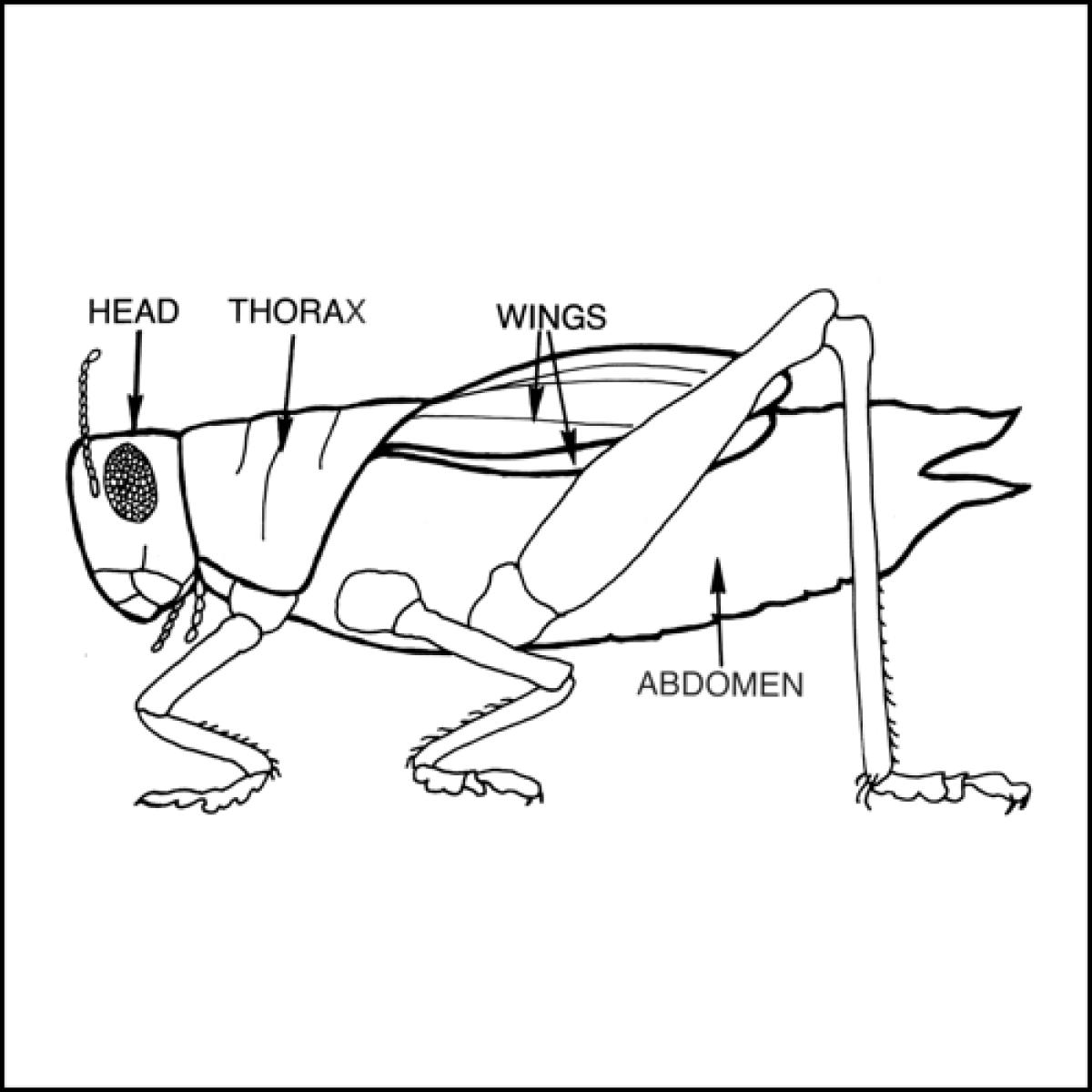Musical Geniuses
Cicadas are most well-known for their very loud, constant chorus of song during the summer season. Although they sort of sound like crickets, it is pretty clear that cicadas are bigger and better at bringing the noise.

While crickets rub their wings together, male cicadas use a different, louder part of their bodies to make noise. Both sides of their thoraxes have thin, ridged areas of their exoskeletons called tymbals. Tymbals are made of a rubbery substance called resilin. The cicadas vibrate their tymbals very fast using muscles in their bodies. With every vibration, a sound wave is released, and cicadas can send out 300-400 sound waves per second! Females also make sounds to attract males, but they use their wings to make a clicking sound, rather than a high-pitched song like the males.
The cicadas you hear singing long into the night are male cicadas looking for females to mate with. Males are so loud because they have a couple other sound features that allow them to make very loud continuous noises. The abdomen of male cicadas are almost completely hollow. When sound waves from the tymbals enter this hollow area, they bounce around. This can change the sound, make the sound louder, or both.
Different size and shape cicada abdomens will change the sound in different ways. This explains why different cicada species make different noises. Cicadas, and all insects for that matter, also have hollow tubes running through their body called trachea. Trachea move oxygen and carbon dioxide around, sort of like our lungs. Trachea are also hollow, so they are also used by the cicada to make their songs louder. All in all, the cicada is one complicated insect instrument!
Additional images via Wikimedia Commons. Insect body plan image by Pearson Scott Foresman.
Read more about: Rising Cicadas
Bibliographic details:
- Article: Sounds of Cicadas
- Author(s): Dr. Biology
- Publisher: Arizona State University School of Life Sciences Ask A Biologist
- Site name: ASU - Ask A Biologist
- Date published: 23 Jul, 2021
- Date accessed:
- Link: https://askabiologist.asu.edu/cicada-sound
APA Style
Dr. Biology. (Fri, 07/23/2021 - 13:20). Sounds of Cicadas. ASU - Ask A Biologist. Retrieved from https://askabiologist.asu.edu/cicada-sound
Chicago Manual of Style
Dr. Biology. "Sounds of Cicadas". ASU - Ask A Biologist. 23 Jul 2021. https://askabiologist.asu.edu/cicada-sound
Dr. Biology. "Sounds of Cicadas". ASU - Ask A Biologist. 23 Jul 2021. ASU - Ask A Biologist, Web. https://askabiologist.asu.edu/cicada-sound
MLA 2017 Style

The basic body plan of an insect.
Be Part of
Ask A Biologist
By volunteering, or simply sending us feedback on the site. Scientists, teachers, writers, illustrators, and translators are all important to the program. If you are interested in helping with the website we have a Volunteers page to get the process started.

